Responsible Tourism for mature & senior travellers
Responsible Tourism for mature & senior travellers There’s a growing problem in the world’s most popular cities affecting the tourism industry, and this article provides context and commentary on responsible tourism for mature-aged and senior…
7 Nov 19 · 14 mins read
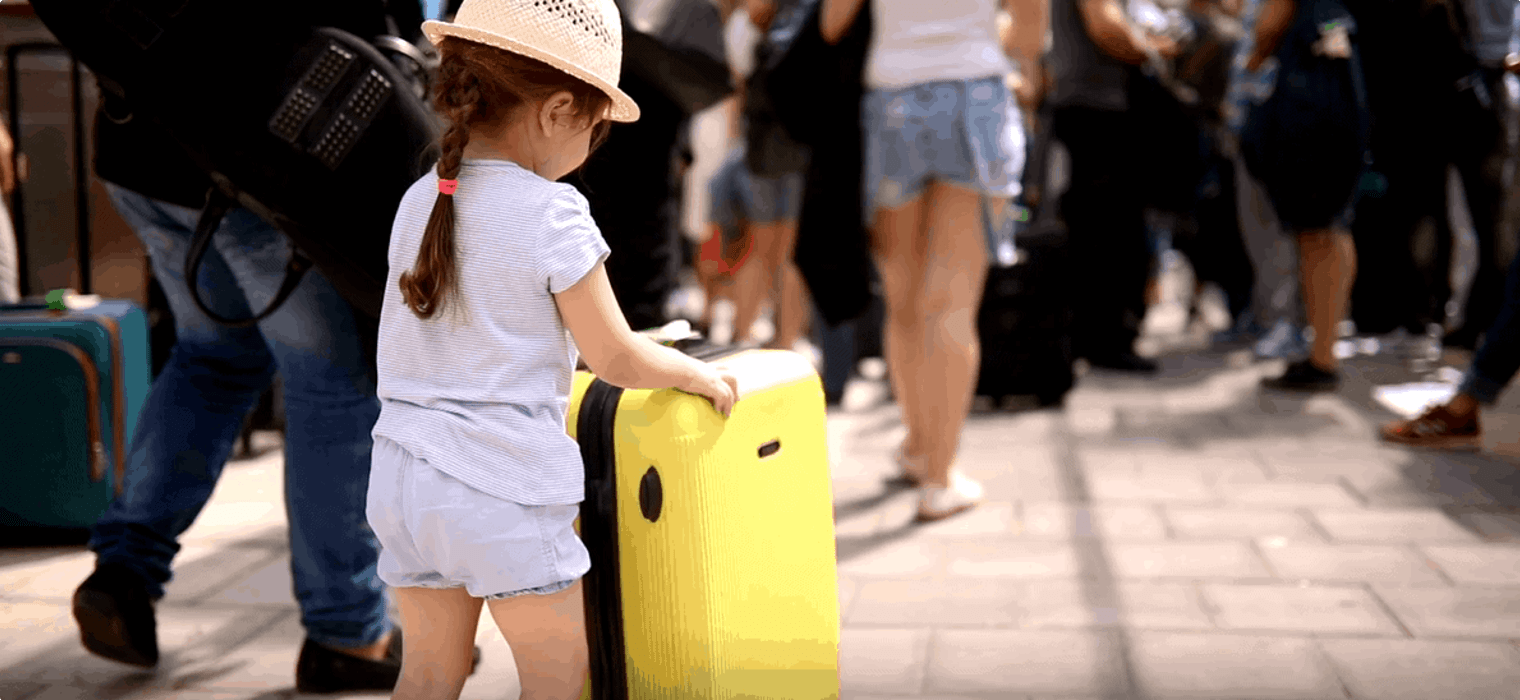
Responsible Tourism for mature & senior travellers
There’s a growing problem in the world’s most popular cities affecting the tourism industry, and this article provides context and commentary on responsible tourism for mature-aged and senior travellers. Read on before going on your small group travel journey with like-minded travellers! Our article on the problem of “overtourism” may also be of interest.
In 2017, a local activist group in Barcelona lit flares and threw confetti at frightened diners in a popular tourist restaurant. They were protesting against what has been termed “overcrowding” – an issue that affects many key destinations across Europe and the rest of the world. Graffiti in Barcelona’s streets implores people to “Go Home”.
Also in 2017, the World Travel and Tourism Council (WTTC) engaged the McKinsey & Company consulting firm to produce a comprehensive report. The release of “Coping with Success: Managing Overcrowding in Tourist Destinations” coincides with strategies undertaken in Venice and Dubrovnik to limit access to key tourist attractions. It is clear that overcrowding is an increasing issue that warrants real action. This leads to increased carbon footprint and various negative impact not only on local culture but on the foreign guests and travellers themselves.
The dilemma for realising Responsible Tourism.
But what’s the solution to achieve responsible tourism for mature & senior travellers or any other group? Limiting the number of people who can visit a site, or implementing tourism taxes as some cities have proposed, threatens to make travel a luxury of the rich. This conflicts with the argument held by some that travel is a human right. And that revenue generated by tourism is an important economic factor for many countries. Or that travel, and the openness to experience other cultures, assists us to achieve a peaceful world. What is clear – and what the report confirms – is that there is no one-size-fits-all solution to the issues associated with overcrowding. This article seeks to illuminate some of these issues, and offers suggestions on how you can be a responsible traveller while on a small group tour.
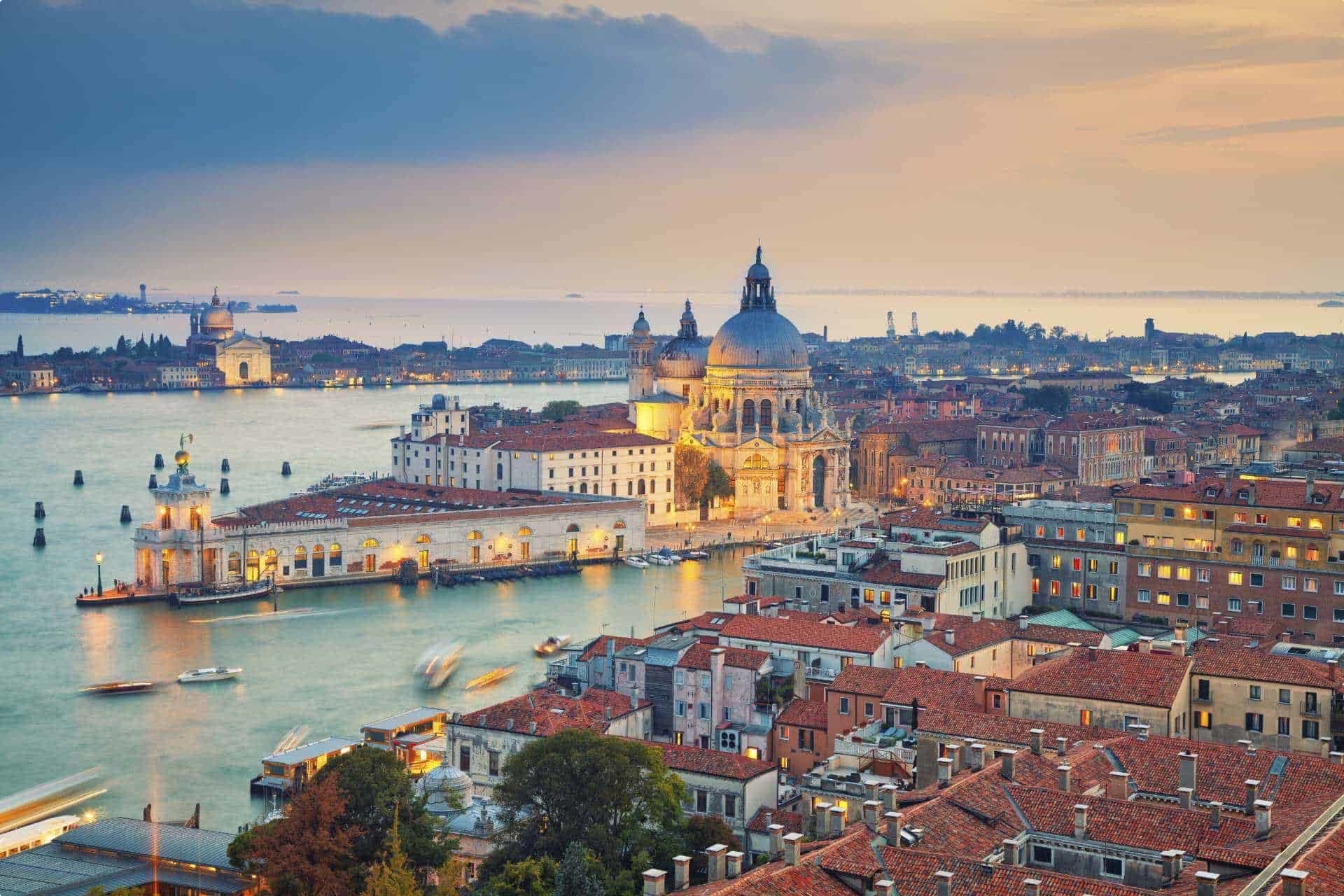
Cities snapshot: the crowded tourist destinations
The following cities have attracted tourists for decades, and frequently appear on anecdotal lists of “overcrowding”. This list will come as no surprise to many seasoned travellers – perhaps you, too, have experienced overcrowding at their key sites. Two of these cities are located in Italy. Venice, in particular, is sometimes compared with a theme park; held up as a worst-case scenario that other cities want to avoid.
Venice
Venice covers more than 100 small islands in Italy’s northern Veneto region. With no roads, the city is famed for its stunning canals, which capture shimmering reflections of its architectural buildings. It is little wonder that Venice draws crowds. Who could resist the opportunity to board a gondola and float by canal-side bistros teeming with life? Venice is a place of fairy-tales. But locals report feeling alienated, and fearing for the preservation of their culture and heritage.
As travellers, we must be prepared to work with local authorities to develop solutions to overcrowding. Italy’s culture minister has proposed to limit crowds at certain historic sites across the country. The city of Rome, for instance, is trialling fines for bathing or dipping feet in the Trevi Fountain. It has also implemented a ban on picnicking on the pedestals and steps of this popular spot. More information on these measures can be found here.
Florence

Florence is the capital city of Italy’s Tuscany region. It is home to some of the world’s most priceless works of art, and is renowned for its masterful architecture, such as the Cattedrale di Santa Maria. Odyssey Traveller recently published this article on the fascinating history of the city. But Florence, too, is grappling with overcrowding. City Mayor Mario Nardella thinks the problem is “bad tourists”. To quote from this illuminating 2015 article in the Guardian:
“Nardella becomes animated when he describes the quintessential “bad tourists” who spend no more than a few hours in the city. They come from Rome or Livorno in the morning on a tour bus and their guides know where to take them to buy a souvenir, he said. “Then the food – a Coca-Cola and one panino. No museum visit, just a photo from the square, the bus back and then on to Venice,” he said. “We don’t want tourists like that.””
Small group tours to Florence
So, travel agencies and tour companies have a role to play in directing and facilitating sustainable tourism. Smaller tour sizes provide the flexibility to adapt to crowds or peak times. It is also important for companies to have an understanding of the culture and economy of the destination. Local guides are an incredible asset to sustainable tourism. They provide expertise and facilitate more authentic experiences. Furthermore, by supporting them, you are contributing to the local economy.
For a tour of Florence with a difference, check out Florence: Living in a Renaissance City, where you will spend 22 days exploring the area in depth. We explore museums and galleries, dine in local restaurants, and visit some of the surrounding, lesser-known villages within Tuscany.
Barcelona
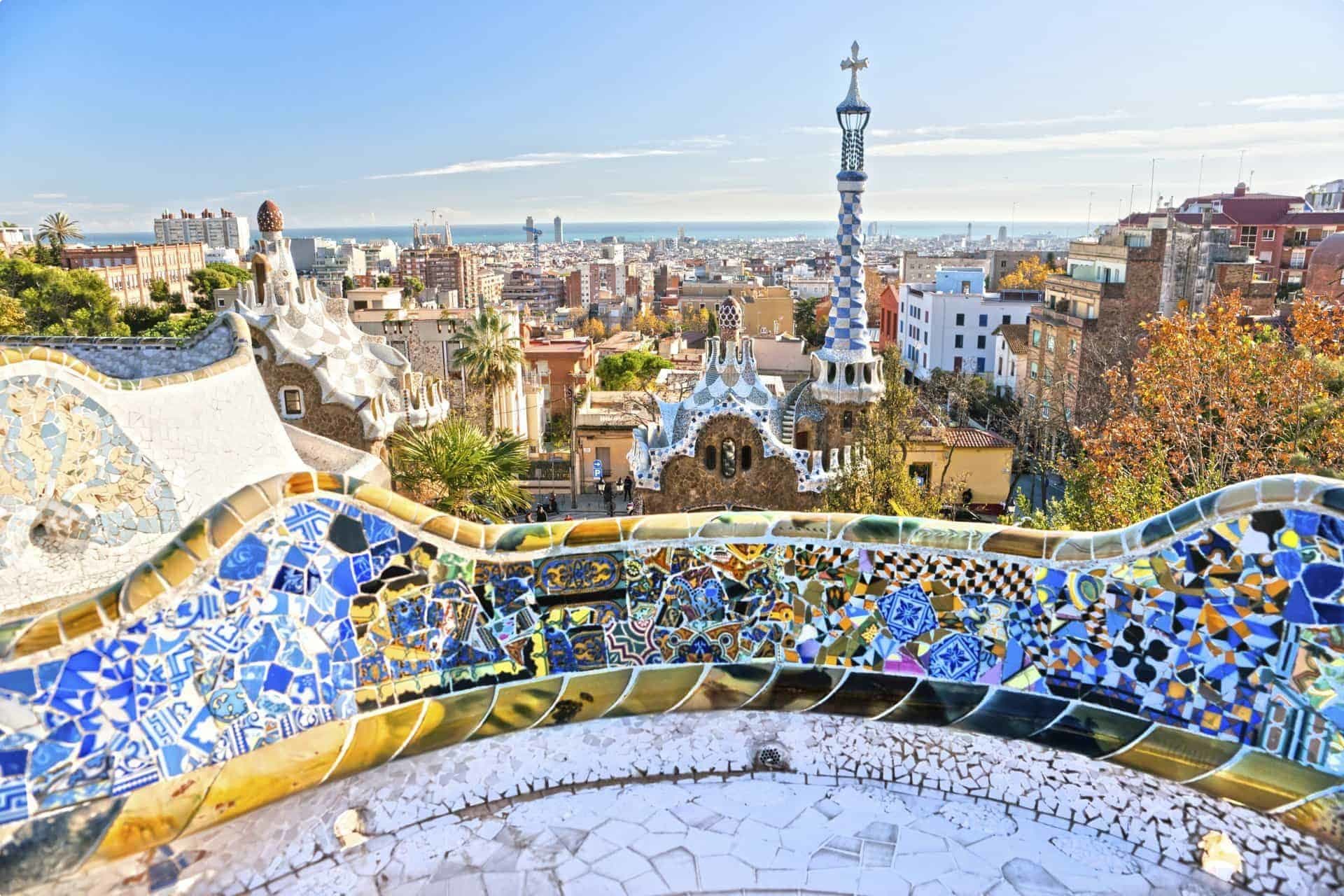
Picasso. Miro. Gaudi. Barcelona has been home to some of the world’s most beloved artists and architects, and their influence is reflected throughout this cosmopolitan city. With idyllic beaches and a world-class dining culture, Barcelona will leave a memorable impression on all who visit. But resistance to overcrowding in Barcelona has escalated to violence in some instances. And though officials insist on distinguishing these individuals as radicals, the city must nonetheless confront the issues underlying this anti-tourism sentiment. Consistent with the WTTC report, some residents are feeling displaced.
Most residents welcome tourism to Barcelona
In his article for the Independent, Barcelona local Almudena Lopez Diaz insists that 86.7 percent of the city’s residents view tourism in a positive light. But locals and officials alike agree that the industry requires careful regulation. A tourism tax has been operating in Barcelona and other Catalan cities since 2012, but in 2017 it was increased. The tax applies to accommodation, including in hotels, apartments, cruise ships and campsites.
Revenue will finance the Tourism Development Fund, to be distributed among the Catalan tourism agency, local tourism boards and town halls. As Diaz states, most locals welcome travellers to Barcelona. It is understood that the issues are administrative. Subsequently, this tax is going a long way toward helping manage tourism, and protecting Barcelona’s resources. This outcome is for the benefit of locals and travellers alike.
Amsterdam

Amsterdam has taken an innovative approach to managing overcrowding. Using data from travel cards, tourism officials noted the most popular places and times to visit. As a result of this information, they suggested alternative itineraries – early morning boat rides, for example. They provided live stream video footage of the crowds at key destinations, such as the Van Gogh Museum. This enabled people to plan accordingly. And they re-branded further afield suburbs, all in an attempt to move people beyond the popular Red Light District and Museum Quarter. For more information on how technology has assisted them to manage overcrowding, click here
Why has tourism increased in these places?
The increase in tourism is attributed to many factors. Some speculate that Southern Europe has seen a recent influx in response to perceived safety threats in places like Egypt and Turkey. In fact, these countries continue to receive tourists, and our article on travel to Egypt indicates how much developing economies depend on tourism to survive.
Of course, the increase in mobility of travellers must be understood in terms of growing wealth. The middle and upper classes are expanding, particularly in countries like China and India. As a result, more and more people will have the means to take international holidays.
Demographic shifts shape the need for Responsible Tourism.

Demographic shifts are also a factor. Millennials are tending to travel at a younger age, which also reflects the greater conveniences in travel today, such as online facilities and booking options. In addition, there is a heightened awareness of both the diversity of places to visit, and the perception of a limited time to do so. This is observed in travel to the threatened Great Barrier Reef, for example, “while we still can”. This sentiment is often applied to natural resources, such as the Amazon rain forest.
A new economy
And finally, the “sharing economy” contributes to increased tourism. Airbnb allows travellers to stay in private homes, and Uber is a rideshare business in which private car owners can connect with those wanting local transport. The rise of this economy also requires careful management.
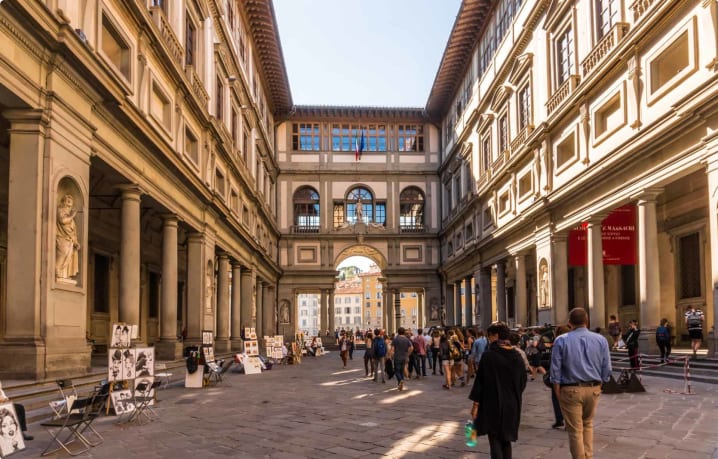
Mature & Senior travellers influence the need for Responsible Tourism.
An increasingly mobile older population, with greater life expectancy, also makes up a proportion of international travellers. In fact, credit card company Visa projects that by 2025, the number of trips taken by over-65s will reach 180 million international cross border flights! At about 3% of the total market, Odyssey considers this forecast to be under-estimated. Responsible Tourism for mature & senior travellers is just as important as for any other group.
The idea of the “bucket-list” provides wonderful motivation for many, but older travellers ought to get creative. Rather than stick to the obvious destinations, think outside the box for more exotic locations, and consider how your tourism can have a meaningful impact on a developing economy. When we are talking about 180 million holidays per year, a bucket list can be an opportunity to have a positive effect on the world!
Are bucket lists the problem?
This article in the Guardian goes so far as to declare “Bucket lists are ruining tourism”! But in fact, all that is needed is greater creativity and openness in choosing holiday destinations. According to writer Kevin Rushby, the real problem is a guide leading tourists to the ‘right spot’ to take a picture. At Odyssey Traveller, the focus is less on looks and more on substance. We say: take the holiday snaps, of course! But when you travel for education and enrichment, you are more willing to give something back.
Emerging international hot-spots for over demand
The following destinations are amongst those under threat of overcrowding. They will need to act soon to manage their tourism “success”. If you are considering travel to these wonderful places, be mindful of how you can make your visit a positive and sustainable one. Or consider switching them for quieter spots nearby!
1. Dubrovnik

This Croatian city fronts the Adriatic Sea. Its Old Town is encircled by distinctive medieval walls, within which lie beautifully preserved buildings and charming, limestone paved streets. Dubrovnik is often called the “Pearl of the Adriatic”, and for anybody who has visited – it will be clear why. Many articles comment on the increase in popularity as the result of popular television show Game of Thrones, which showcases the city’s stunning, otherworldly backdrops.
But during the summer of 2017 up to five cruise ships docked at this city per day. Thousands of people marched into Old Town, only to meet the thousands who were already holidaying there in Dubrovnik’s peak season. UNESCO threatened to revoke the city’s World Heritage status. So, the mayor declared that cruise ships must be limited to a maximum of two per day. The Cruise Lines International Association has indicated their intent to honour this, and expresses a commitment to sustainable tourism. It’s hoped this will make a significant difference to overcrowding in Dubrovnik.
2. Iceland
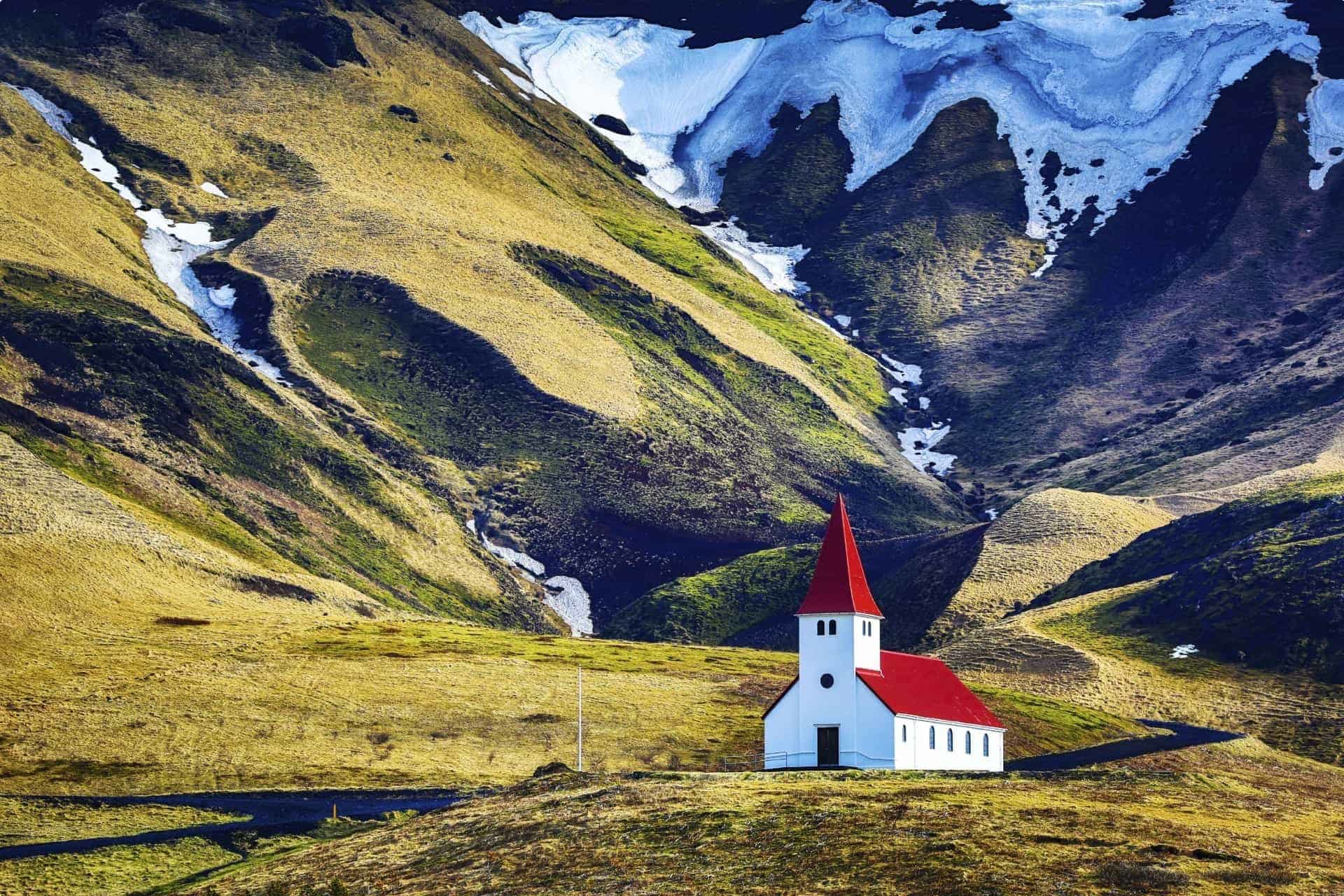
In 2013, the World Economic Forum published a list of the countries that are most welcoming to tourists. Iceland took out the top spot. This was based on factors such as infrastructure, transportation, attractions and safety, as well as opinion surveys. Five years on, and tourism to Iceland has dramatically increased. In 2018, the country will host 2.3 million visitors: triple the numbers from as recently as 2010. The atmospheric Blue Lagoon in Reykjavik attracts up to 4000 people per day. This recent article indicates that visitors outnumber locals at a ratio of seven to one.
While they retain their friendly reputation, there are reports of growing concerns for the country’s capacity to host so many visitors, particularly during its peak season. Indeed, Iceland is at a key moment, whereby they must make decisions about future tourism management. Strategies will include a push to encourage visitors to the north of the country, to places such as Akureyri. This relaxed city at the base of the Eyjafjörður Fjord offers winter festivals and skiing. And articles such as this one encourage people to consider “off-season” travel.
3. Lisbon
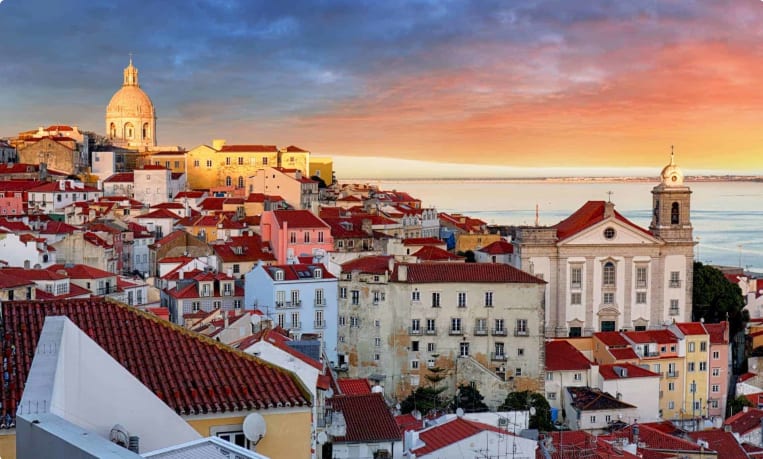
The Portuguese capital, Lisbon, is located on the banks of the River Tagus. Lisbon is a cosmopolitan city with an intense cultural life, having a number of national museums and fine-art galleries. It is also known for its European town planning, with wide avenues flanked by neo-classical 19th-century buildings. The city reports increased growth in tourism, with much of it very seasonal. Summer in balmy Lisbon hosts an influx of visitors, and the city must take steps to stage these arrivals across the whole year.
4. Macau
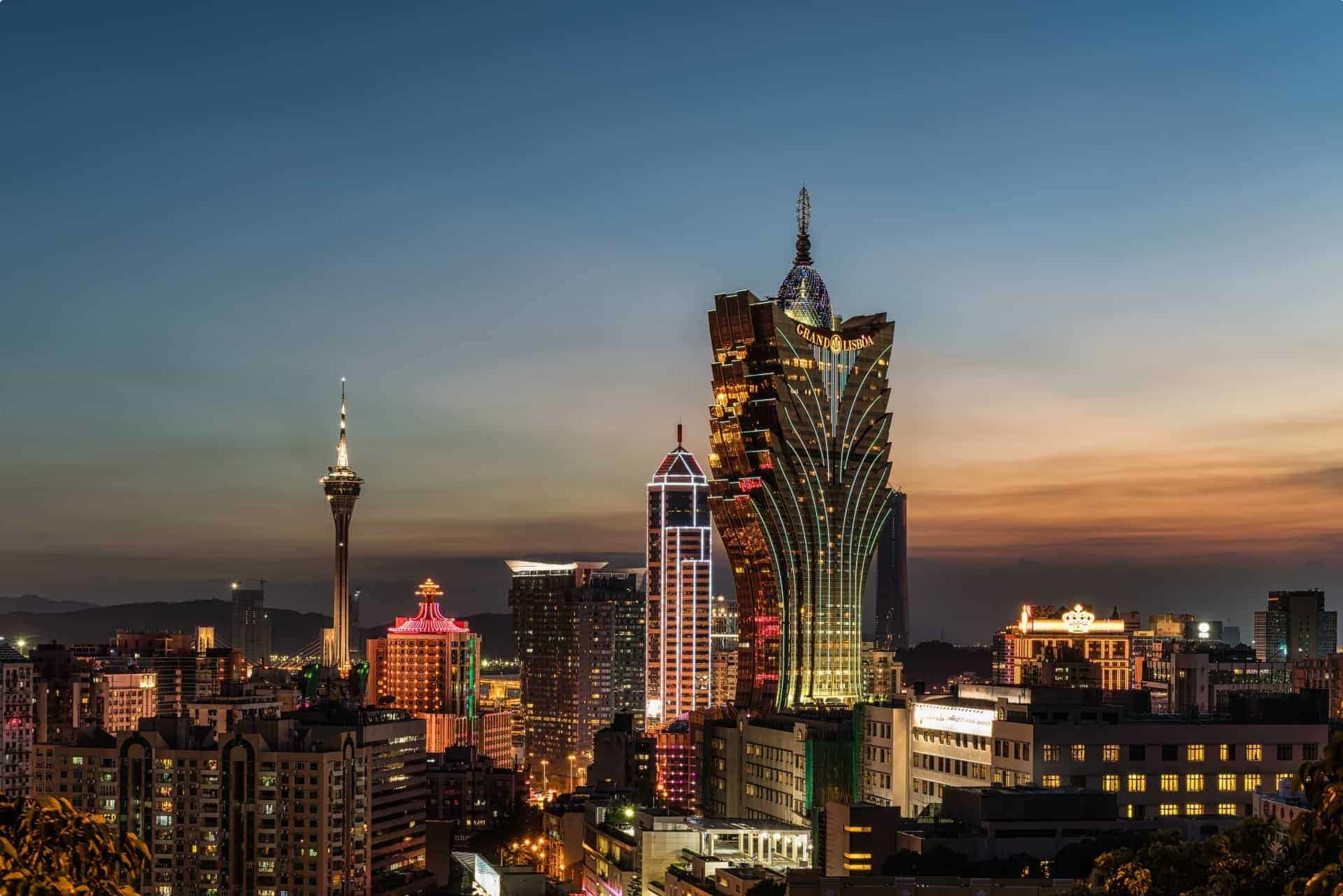
Macau was a Portuguese territory until 1999. Now an autonomous region on the south-east coast of China, it showcases a fascinating blend of cultures that is very appealing to tourists. It has earned itself the nickname of the “Las Vegas of China”, owing to its giant casinos and malls. But a population of approximately 655,000 people is concentrated in this small region. The already high population density compounds the overcrowding that occurs at particular attractions. Some tourists report negative experiences here as a result. Tourism is regarded as critical to Macau’s economy, so it must be carefully managed.
How is tourism overcrowding calculated?
While we often hear complaints from fellow tourists of long wait times, measuring overcrowding is quite complex. In “heatmaps” that can be located towards the end of the WTTC report, cities are organised into quintiles according to risk. These risks are assessed across a variety of scales, including:
Density of tourism and tourism intensity
These similar measures can nonetheless yield different insights into a city’s tourism management. Density of tourism measures the number of visitors per square kilometre. Tourism intensity measures the number of visitors per resident. Combined, they fall under the category of “Alienated local residents,” because either can negatively impact the daily life of locals.
Tellingly, Amsterdam, Dubrovnik, Rome, Venice and Warsaw score within the first quintile for both of these factors. And as experts have indicated, Macau and Kuala Lumpur also score in the high risk quintiles.
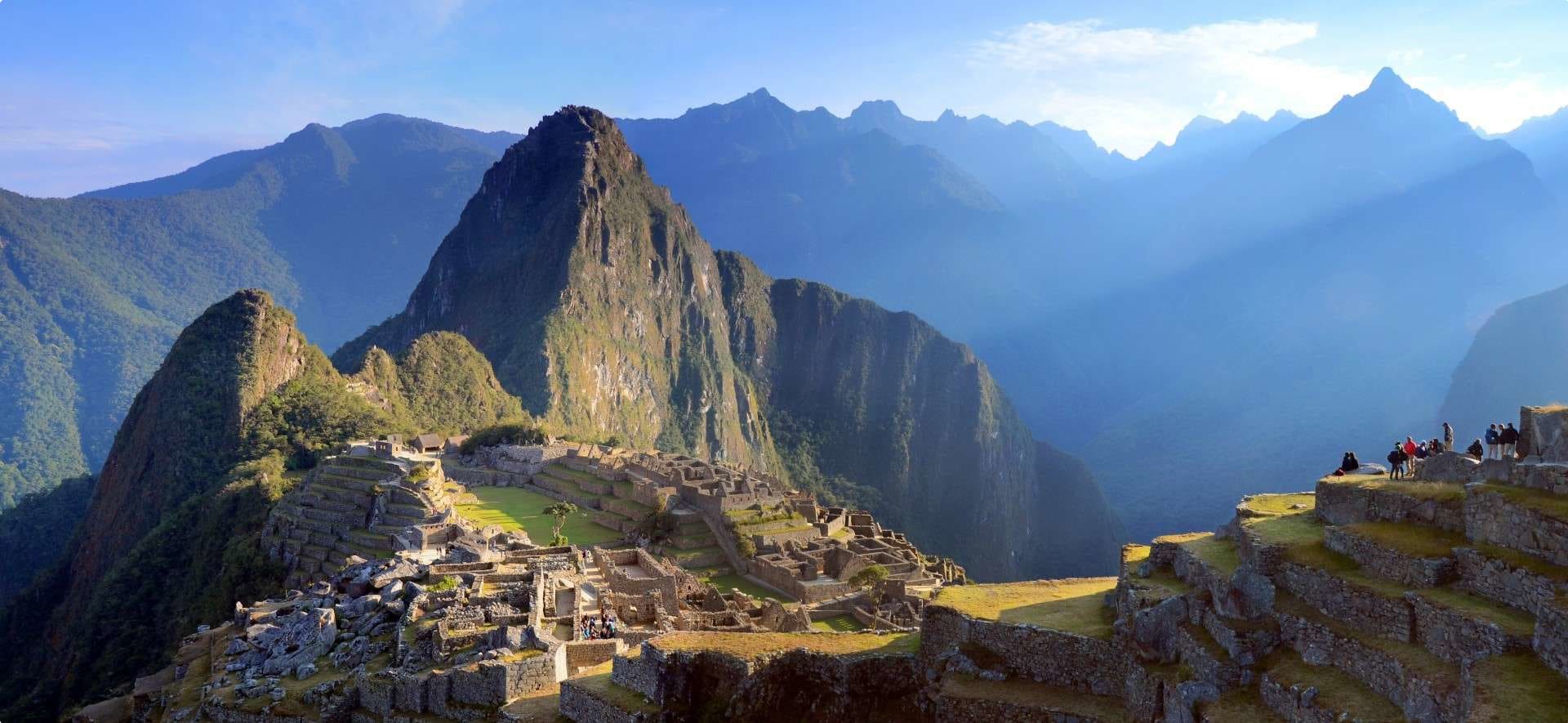
Degraded tourist experience
Data for this measure is gathered from website Trip Advisor. This is another example of how technology can assist in managing overcrowding. Travellers can log in and rate sites, accommodation or establishments based on their personal experience. If these reviews trend toward the negative over time, this can indicate a degraded tourism experience, and may reflect overcrowding.
Attraction concentration and arrival seasonality
These factors combine to measure whether or not infrastructure is at risk of overloading. Budapest, Cancun, and Lisbon, for example, are in the first quintile for arrival seasonality. This reflects the onrush of tourists at certain peak periods, and indicates that they are at high risk of infrastructure overloading.
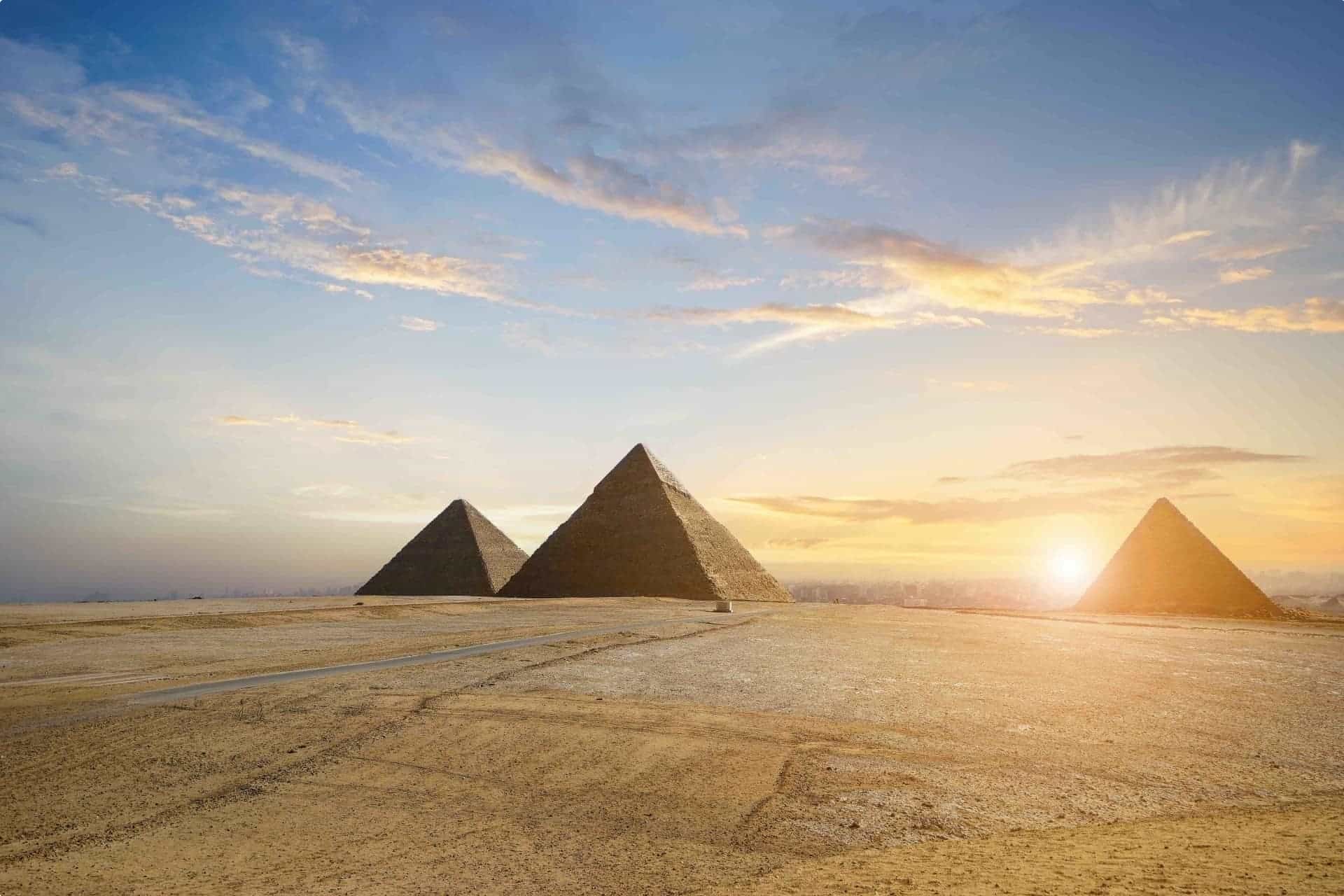
Damage to nature
This data is collected from the World Health Organisation Ambient Air Pollution database. Mecca, Lima, Delhi and Cairo are among the cities at high risk of damage to nature. Any programs for tourism management within these cities should include steps to preserve natural resources. In the case of Lima, for instance, this will include Macchu Pichu and the Amazon rainforest.
Historic site prevalence
This data can be used to assess the threat level to the culture and heritage of a city. Beijing, Prague and Warsaw are in the first quintile for this measure. Unsurprisingly, Rome and Venice are in this high risk quintile, too.
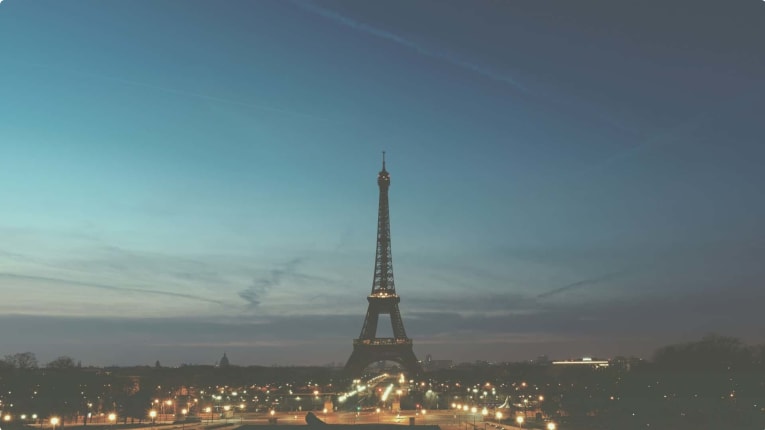
Changes to protect these destinations
Interestingly, the report indicates that the responsibility lies not only with tourists. The countries and cities must be proactive in tourism management, as prevention of overcrowding is far better than a cure. As you can see, there are many solutions being implemented. From technology-fuelled innovations and strategic re branding, to tourism or “nature” taxes. Part of international travel in the future might be a willingness to accept and adapt to these changes.
What we do at Odyssey Traveller
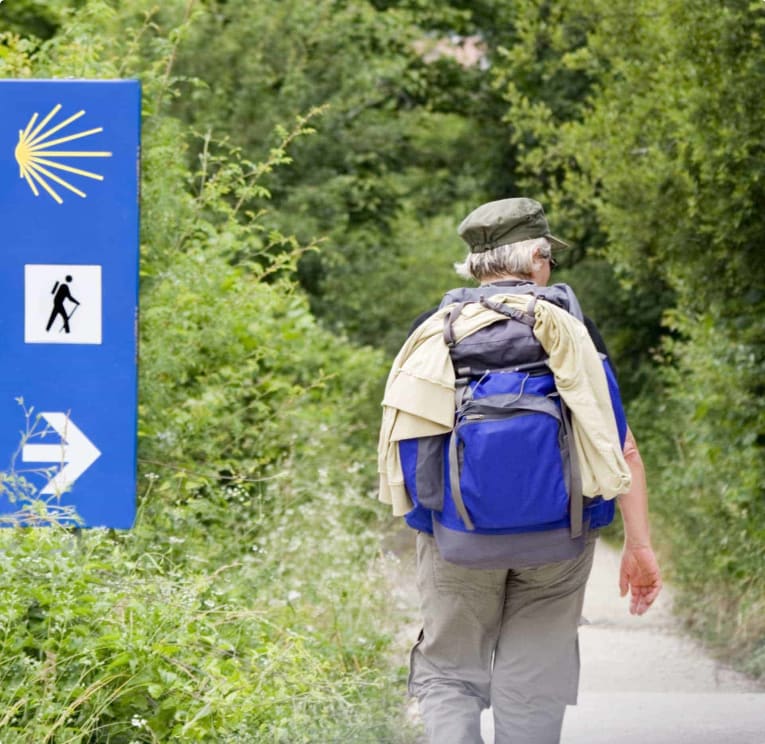
Odyssey Traveller are specialists in educational travel. We research destinations and are committed to minimising our impact on the natural and cultural resources that need protection. Read on for some the of the ways we seek to help ease overcrowding
- We research shoulder seasons, and look for activities that can be enjoyed year round. We offer flexibility to respond to events like rain
- Tours all year round mean not only flexibility for you, but it helps distribute the flow of tourists equally. Read this great account from Sally Webb on why she loves Venice in the winter
- Minimising time in key destinations – we typically set aside an hour or two for key tourist attractions like the Duomo in Florence. Of course, people want to, and should, enjoy such beautiful places. But it is not always necessary to spend the day there, eating in the nearby cafes and preventing others from access.
- Limited group size is one of Odyssey Travellers’ key strategies. It affords the mobility to manage our position within overcrowded cities. It’s difficult to ferry out 40 bus passengers at the last minute if things become too crowded, but a group of 8 people can be far more responsive
- But of course, we are also committed to providing positive experiences for the travellers on our small group tours. We have put thought into how to avoid queues, for example.
Tourists versus travellers
When we think of the word tourist, a familiar image comes to mind. It is perhaps a struggling person within a crowd, juggling cameras and maps, who stands out like a sore thumb. Many people prefer to identify as a traveller, because this conjures a more positive and educated approach to engaging with the rest of the world. A traveller will have researched their destination and have an understanding of its’ culture and customs. A traveller seeks more authentic experiences that take them off the beaten tourist track. In turn, they can help ease the burden of overcrowding.
But interestingly, this can present another dilemma. As Ben Groundwater observes in his article, it can result in travellers encroaching upon the secret establishments of the locals – places where they seek respite from the throngs of tourists. As Groundwater indicates, the best solution we have is to limit our impact and move about with respect for the residents and integrity of these popular cities.
What you can do as a responsible traveller
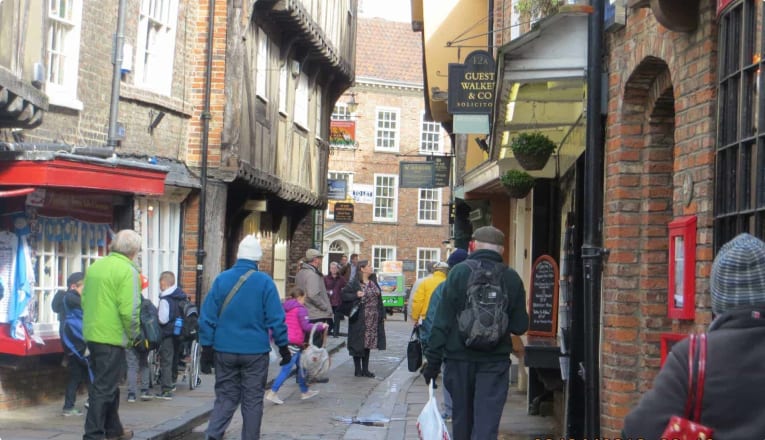
-
Be respectful to the local residents who are sharing their city with you. Learning a little of the language can go a long way, too.
-
Similarly, aim to cause as little disruption as possible. This means honouring local customs. For some people, it extends to wearing appropriate clothing and behaving like a local. This can be particularly significant for conservative cultures or religions.
-
Be mindful of what or whom to photograph. Respect that not all locals wish to engage with you. Give people privacy, unless they consent to otherwise.
-
If it is a locals-only establishment, consider how you can minimise your impact. Put the camera down for your meal. Be respectful to staff and other patrons. Remember, if you are seeking somewhere more tourist-friendly, there are generally such places available nearby.
-
Be patient. If access to attractions has been implemented, as some cities are proposing, this will likely mean longer queues. Be mindful of what these queues represent: though frustrating, they are there to ultimately preserve the integrity of that fountain, or statue, or natural wonder. Remember, the alternative is an influx of people all at once. So, plan ahead and bring a book to read, or a walker with a seat, so you can queue in relative comfort.
-
Obey the laws and rules of your host city. If you are unsure, ask your tour leader or a museum staff member for advice.
-
Consider travelling off-peak. Get creative with what your holiday might look like. Rug up and sip warm wine at a winter market in Germany, or hunt for truffles during the Italian Fall.
-
Think about your impact: how can you make it a positive one? Where possible, support local businesses – think less Starbucks, more quirky brasserie.
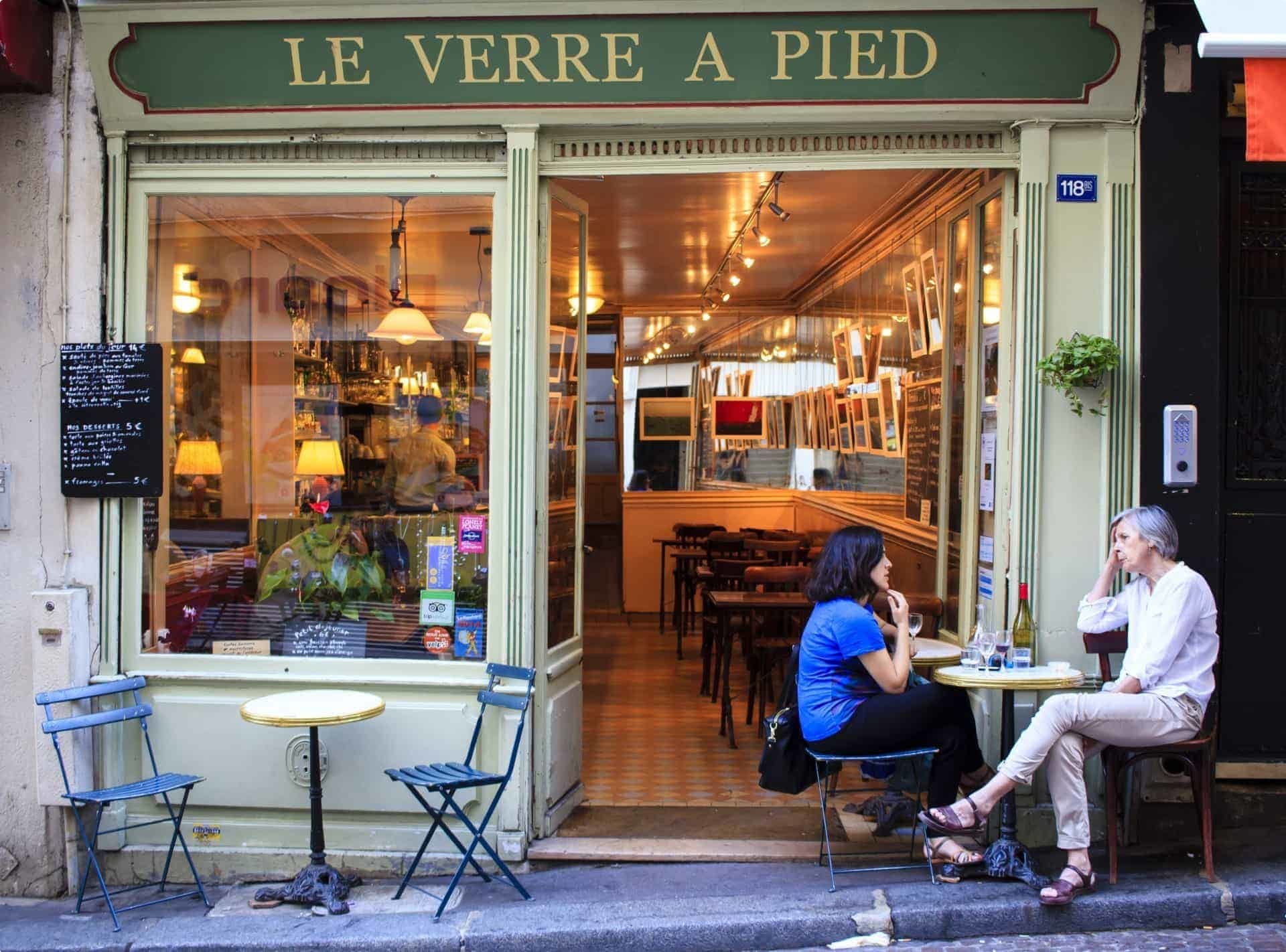
-
In addition, consider what you are purchasing. Rather than tourist t-shirts from a corner, seek out handcrafted wares. Check whether profits reach the artisans and craftspeople. Likewise, buy items made from local produce or materials.
-
Consider staying further out. This eases the burden on high-tourist areas. It also helps you to support smaller stores or cafes located off the beaten track.
-
Aim to generate minimal rubbish and pollution. Pack a reusable water bottle, if possible. Eat in rather than take away. And consider a walking tour as a novel way to alleviate traffic congestion!
-
Plan your activities to avoid peak times of day, and understand if things cannot go according to plan. Flexibility is key!
-
Finally, spread the advice to family and friends. If we can make responsible and sustainable tourism a conversation, this will go toward repairing some of the damages that have already threatened our international landmarks. But it will also help to preserve them for future generations to enjoy.
Originally published on January 4, 2018
Updated on November 8, 2019.
Related Tours
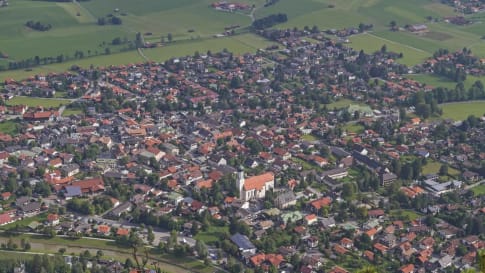
days
MayOberammergau Passion Play 2022 & the Habsburg cities
Visiting Austria, Czech Republic
Enjoy the authentic experience of the Oberammergau passion play on this escorted tour with one of the best small group tour companies in Europe. Our destinations and itineraries provide small group journeys for like minded people. For solo travelers a minimal single supplement applies.
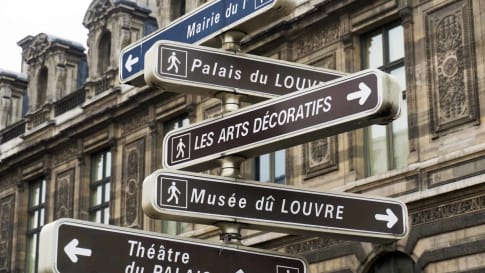
21 days
Mar, SepExplore Paris | 21-day Small Group Tour Exploring Parisian Life
Visiting France
On this small group tour of Paris, travellers take the time to join local guides to learn about the destinations within this city. Authentic experiences with like minded people and an Odyssey tour leader. Staying in apartments this European tour immerses itself in Paris' history, art, and culture in the city of light.
From A$15,325 AUD
View Tour
22 days
Mar, Sep, MayFlorence: Living in a Renaissance City
Visiting Italy
A small group tour with like minded people, couples or solo travellers, that is based in Florence. An authentic experience of living in this Renaissance city The daily itineraries draw on local guides to share their knowledge on this unique European tour. Trips to Vinci, Sienna and San Gimignano are included.
From A$14,375 AUD
View Tour
